Dear friends,
This week we’re talking about the power of goal setting for creative people and photographers in particular.
To break up the text I am including some image
This week’s PROCESS GIVEAWAY is photography-inspired products created by Photogenic Supply, an independent design studio in Philadelphia.
Housekeeping - NOTICE Journal • Volume One
Last week I lifted the veil ever so slightly on an upcoming printed project: the NOTICE Journal • Volume One and the follow-ups Volume Two and Three. Your reactions were soul-warming, thank you! Can’t wait for this to be in your hands.
Here’s a new mock-up that designer extraordinaire (and photographer!) Dan Rubin made. Much more behind the scenes coming soon as I bring you along for every step.
Why Set Goals, Even If It’s A Hobby?
As an independent creative person, I've learned firsthand the importance of setting goals and striving towards them with all your might. So, let's dive in and talk about why goal setting is so essential for people like us.
First of all, let's be real: being an independent creative person is tough. There are so many uncertainties, so many obstacles to overcome, and so many moments of self-doubt. It can be tempting to coast along or take a reactive approach, doing whatever comes our way, and hoping for the best. But the truth is, if you want to make a real impact with your creativity, you need to set goals.
Having goals gives me direction. They help clarify what I want to achieve, and they give me a roadmap for how to get there. Without goals, it's easy to get lost in the sea of possibilities and never really make progress. But when you have clear, measurable goals, you can take concrete steps towards achieving them.
Now, I know that goal setting can seem daunting. Where to even start? How do you know what goals to set? How do you keep yourself accountable? These are all valid questions, and they're ones that I've grappled with myself. But here's the thing: goal setting doesn't have to be complicated. In fact, the simpler you can make it, the better.
Here's an example: let's say you're a writer, and you want to finish your novel this year. That's a great goal, but it's also pretty broad. So, you break it down into smaller, more specific goals. Maybe you set a goal to write for an hour every day, or to finish a certain number of pages each week. These smaller goals are more manageable, and they give you something to work towards every day.
Of course, setting goals is only half the battle. The other half is actually following through on them. And that's where discipline comes in….or is it?
The idea of "self-discipline" is a popular one, especially for independent creatives. But here's the thing: it's a fallacy. Relying on discipline to power through our work can be a frustrating and unsustainable approach.
Instead, what we need are productive systems that help us create habits that automate our workflow, allowing us to focus on the work itself. By building these systems, we can free up mental space and reduce decision fatigue, giving us the energy we need to tackle even the toughest projects.
For example, I try to only do invoicing and contract-related administrative work on Monday afternoons. This is a challenging task for me because I get overwhelmed easily by administrative tasks, so if I sprinkle it throughout my week as little tasks here and there and rely on self-discipline to push through I lose a lot of creative time to the mental energy of building up to do the admin work. Batching it all on one afternoon means I only have one uncomfortable build-up per week and then it’s done.
That being said, there is space for discipline in another way: habit building. The better I am at following my rule of shifting all invoicing to Mondays, the easier it is to keep that schedule and keep the rest of my week more productive and creative.
So, why is goal setting so important for independent creative people? It's simple: because it gives us focus, direction, and a sense of purpose. When we set goals and work towards them, we're not just creating for the sake of creating. We're creating with intention, with a specific goal in mind.
How To Set Goals
First, get specific about what you want to achieve. Instead of setting a broad goal like "grow my business," break it down into smaller, actionable steps. This could be something like "create one new personal project this month," or "reach out to three potential clients per week." Specific goals help you track your progress and give you a sense of accomplishment when you reach them.
Next, create a plan to achieve your goals. This could include outlining tasks that need to be completed, setting deadlines, and creating a budget. Remember to be flexible - things may not always go according to plan, but having a plan in place can help you stay focused and motivated.
Next, hold yourself accountable. Share your goals with a friend or mentor who can help keep you on track. Set up regular check-ins to assess your progress and make adjustments as needed. I do this with my good friend and creative business coach Minnow (see Process 064).
And finally, celebrate your successes along the way, and don't be afraid to pivot if something isn't working. I am historically terrible at celebrating my successes and small victories, but I am working on it.
Takeaways
So, what are the main takeaways here? First of all, set goals. Even if they're small, even if they're simple, set them. Give yourself something to work towards every day. Second, be disciplined. Show up, put in the work, and build that habit. And finally, remember that goal setting is not a one-and-done deal. It's an ongoing process. You'll set goals, you'll achieve them, and then you'll set new ones. And that's what makes the journey so fulfilling.
In the end, it all comes down to this: if you want to make an impact with your creativity, you need to set goals. It's not enough to just create for the sake of creating. You need to have a purpose, a direction, a vision. And that's what goal setting provides.
Now scroll down to the Process Giveaway where I share one of my current goals and you can share your own.
All the pictures above were taken on an Olympus Pen-F (see Process 050), shot on bulk-rolled Kodak Double X (see Process 037), and developed and scanned by my friends at Carmencita Film Lab.
They’re the best lab I’ve ever worked with and if you’d like to try them out you can use code “PROCESS” at check out to get a free size upgrade for your scans.
That’s it for this week!
Next week:
Keep shooting and take good care of yourselves and others.
Wesley
Find me on Glass / LinkedIn / Instagram
A big thank you to my friends over at MBP.com for making this issue possible. MPB is the largest global platform to buy, sell, and trade used photo and video gear. They serve over 625,000 visual storytellers and all gear comes with a six-month warranty.
Next up I’m testing is the Canon R5 and it’s my favorite so far. Images soon.
Process Giveaway!
This week’s giveaway is in collaboration with my friends at Photogenic Supply Co based in Philadelphia. One winner will receive a Camp Flag to remind you never to stop shooting.
To enter this week’s Process Giveaway answer the question below in the comment section for this issue:
QUESTION: What is a creative or professional goal you have for the next few months?
My answer: Launch a webshop on my website Wesley.co and here is my to-do list with steps:
I’m excited to read everyone’s answers!
ENTER THIS WEEK’S GIVEAWAY before 11 am EST on April 22nd.
The winner will be randomly drawn. This giveaway is for Process subscribers only.
Major shout out to my friends at Photogenic Supply Co for supporting this giveaway.
Did you enjoy this issue? Share it with a friend who might love it too.
Can’t get enough? Browse the Process Archives.

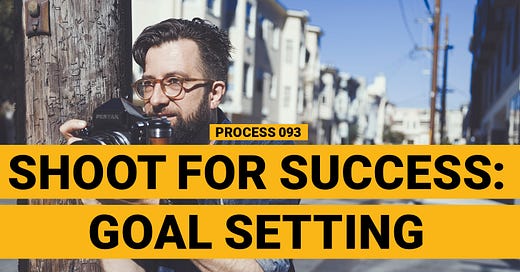

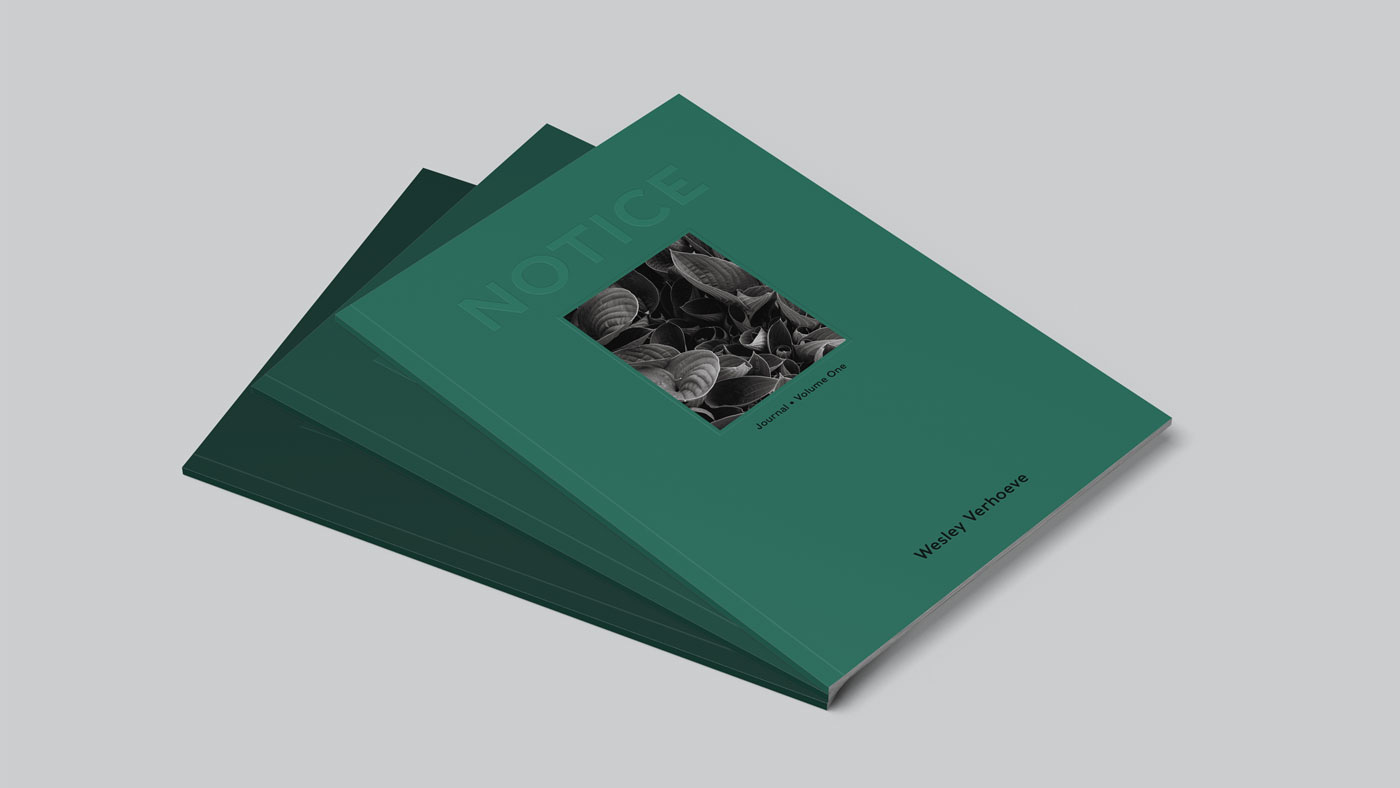
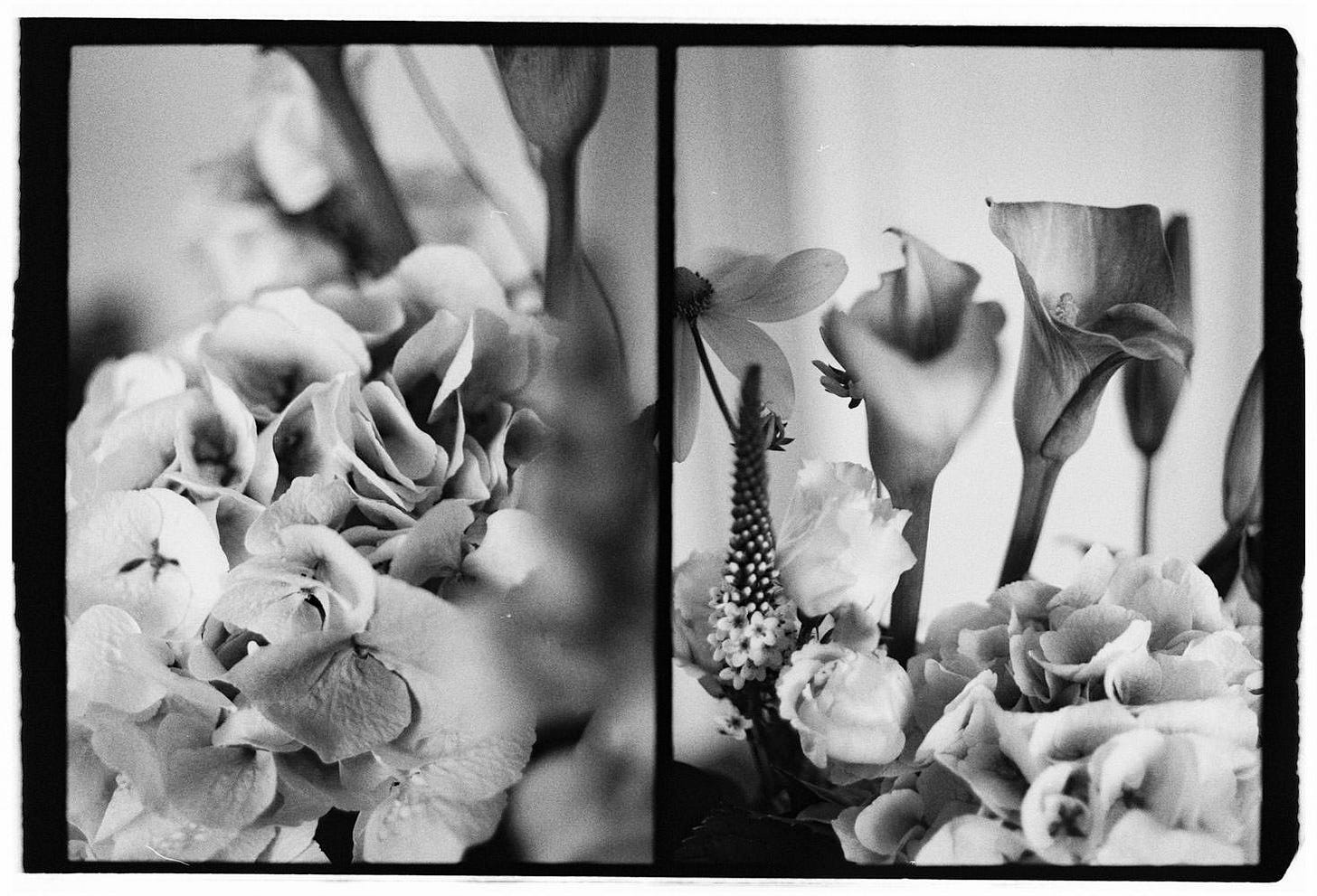
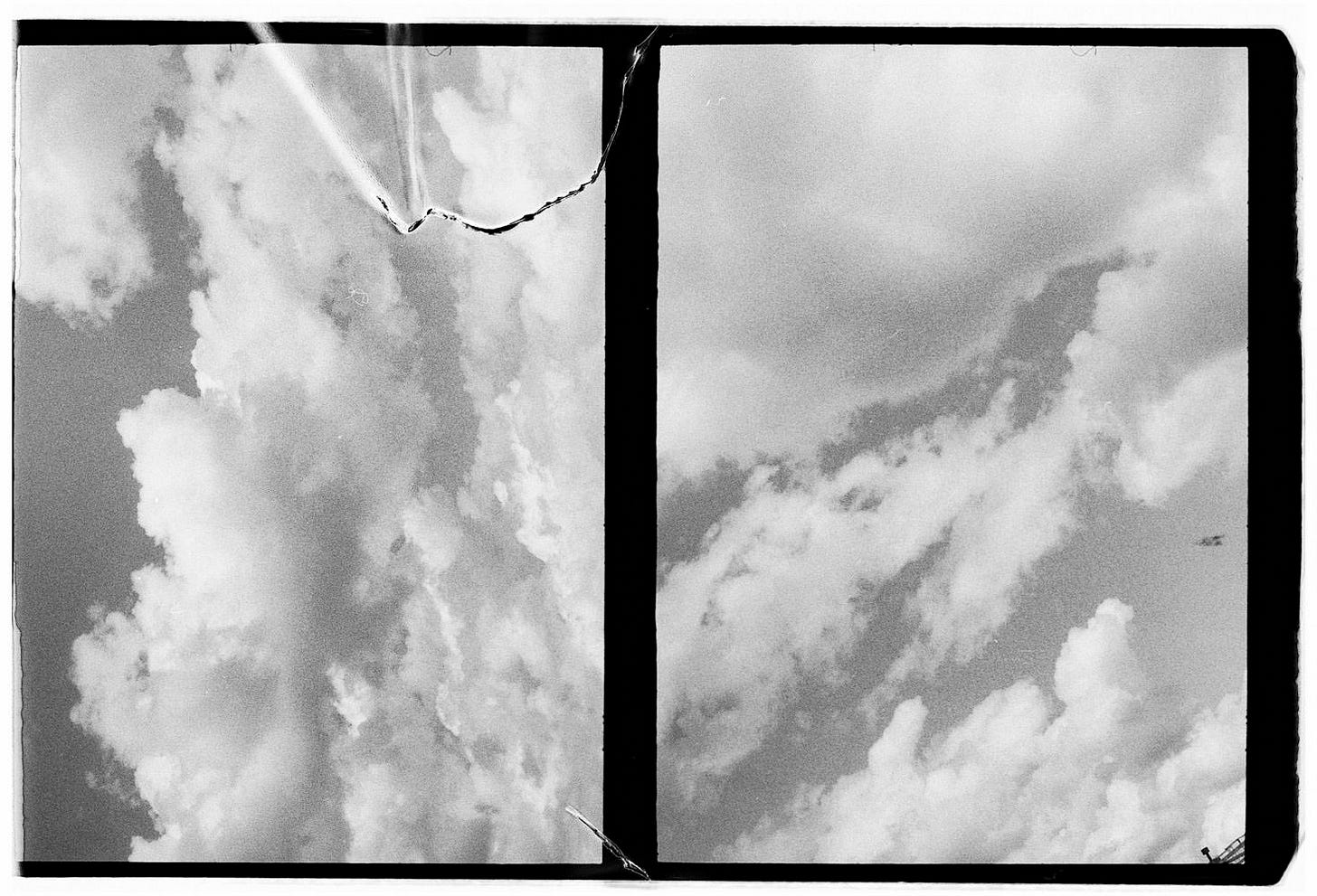
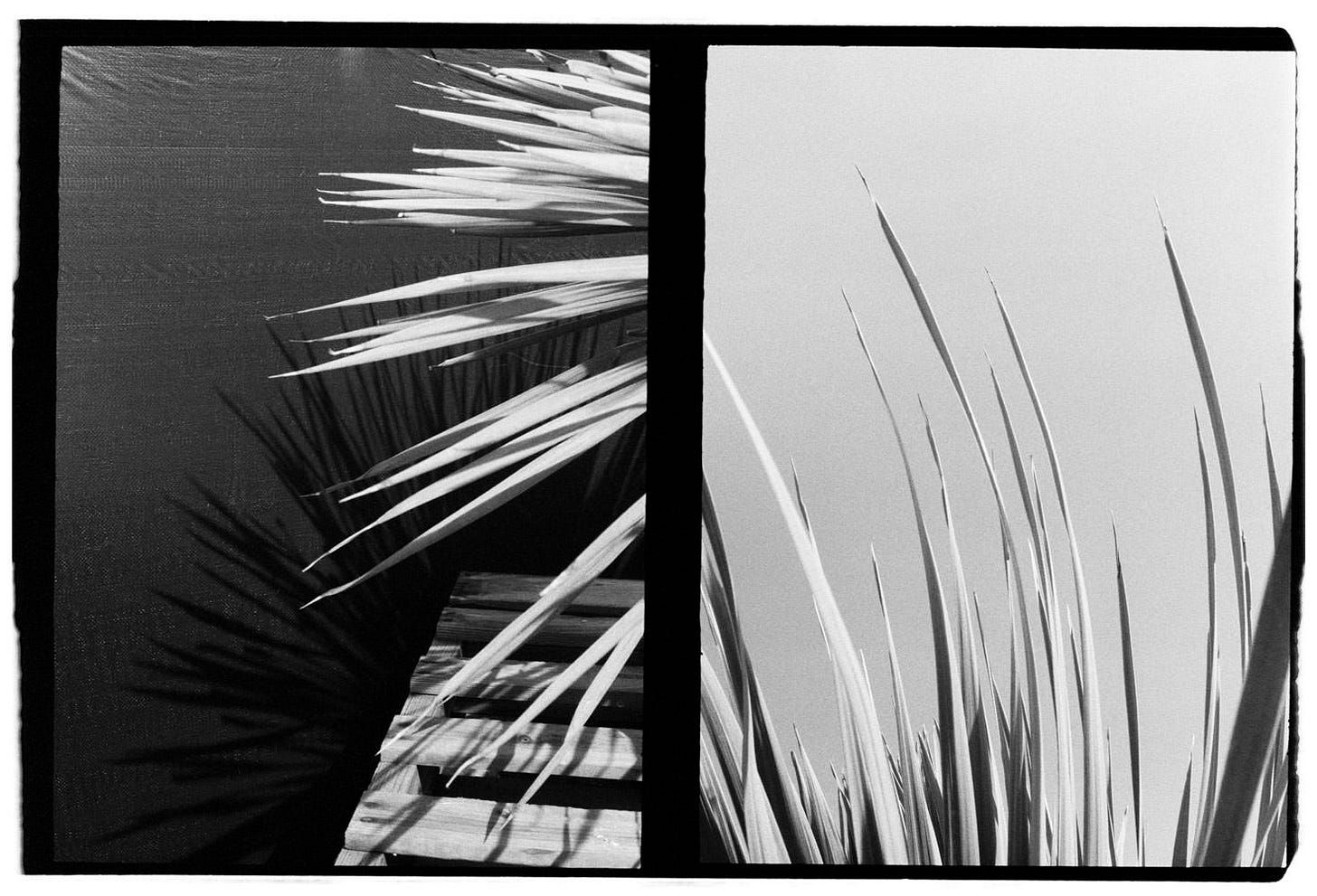
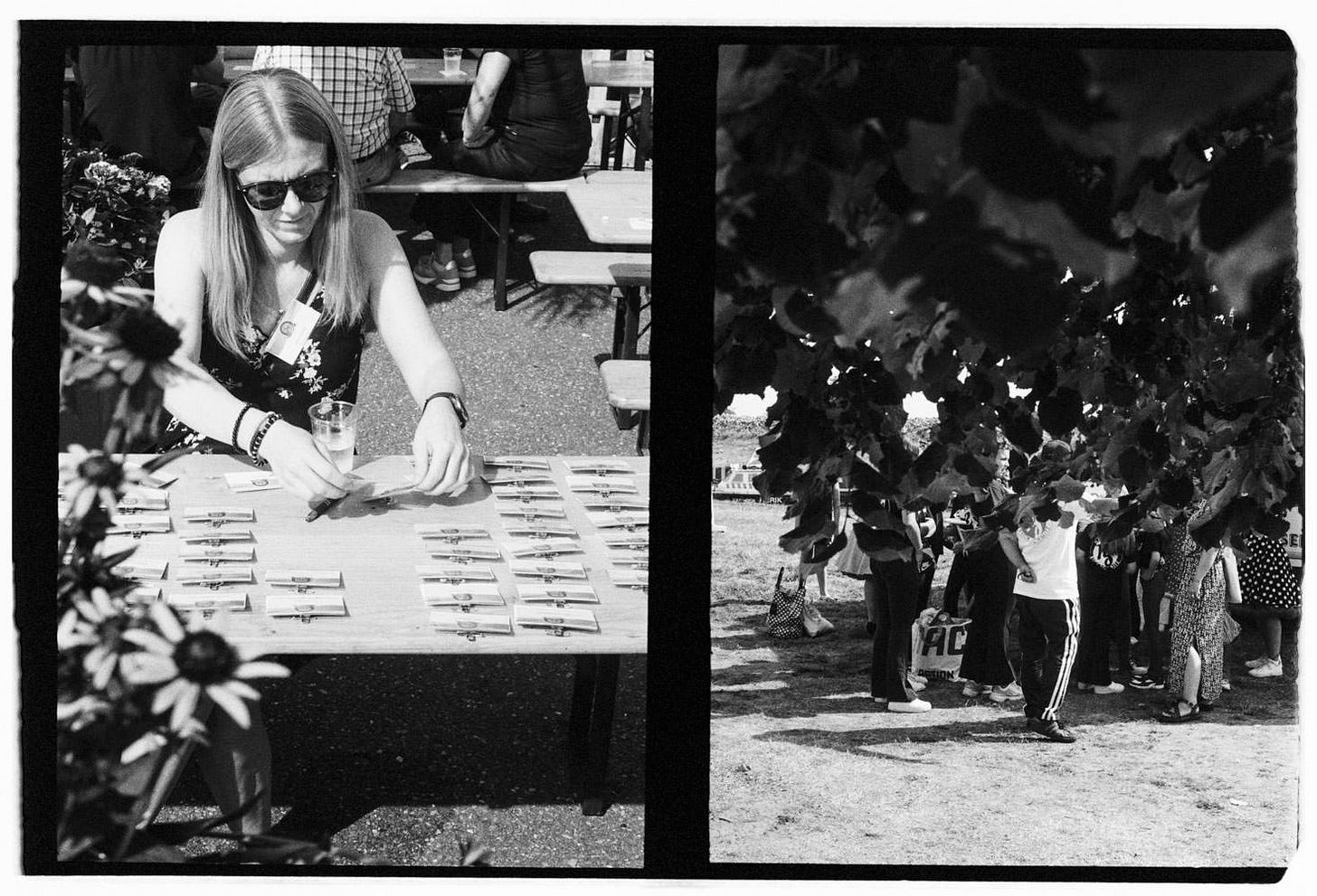
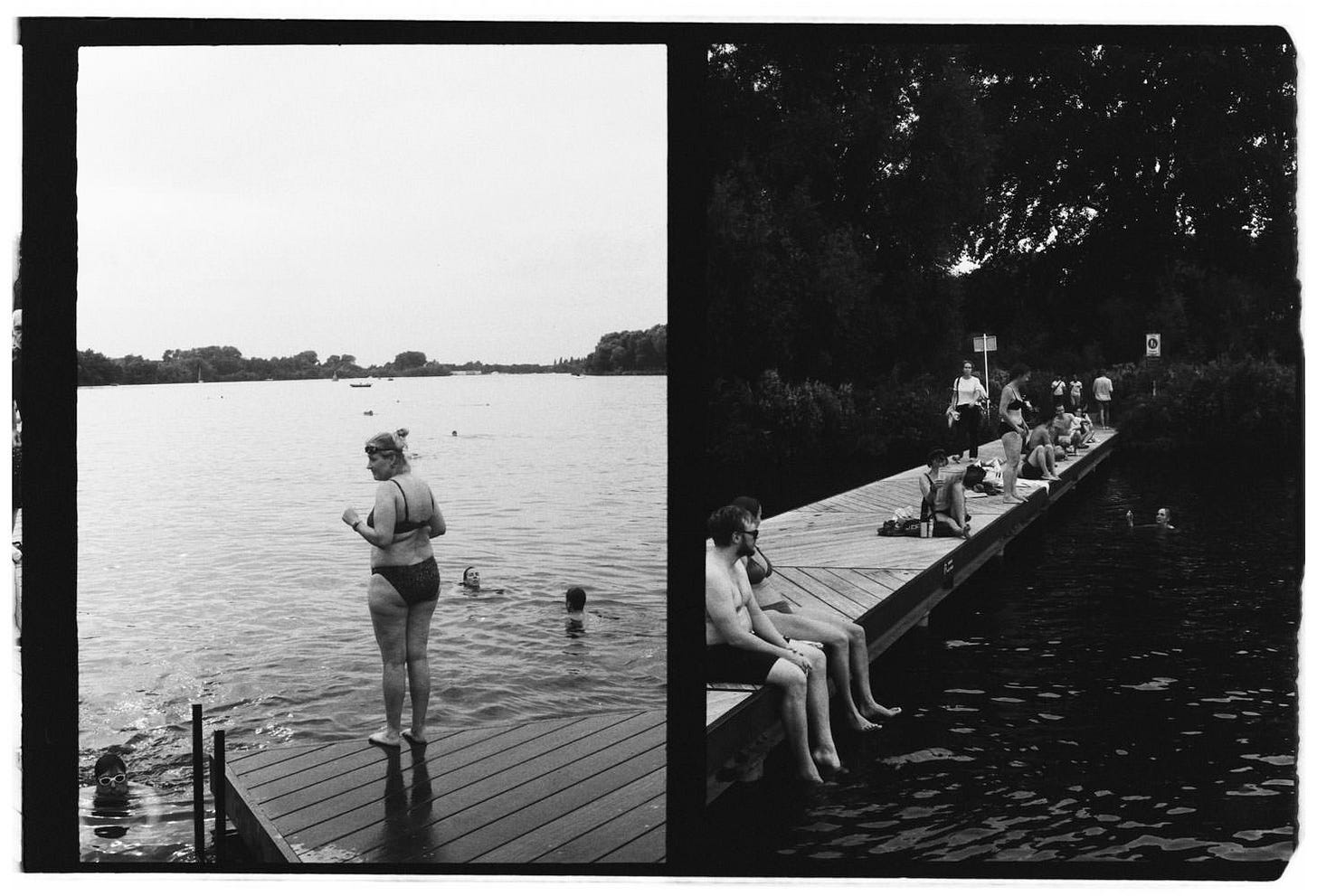

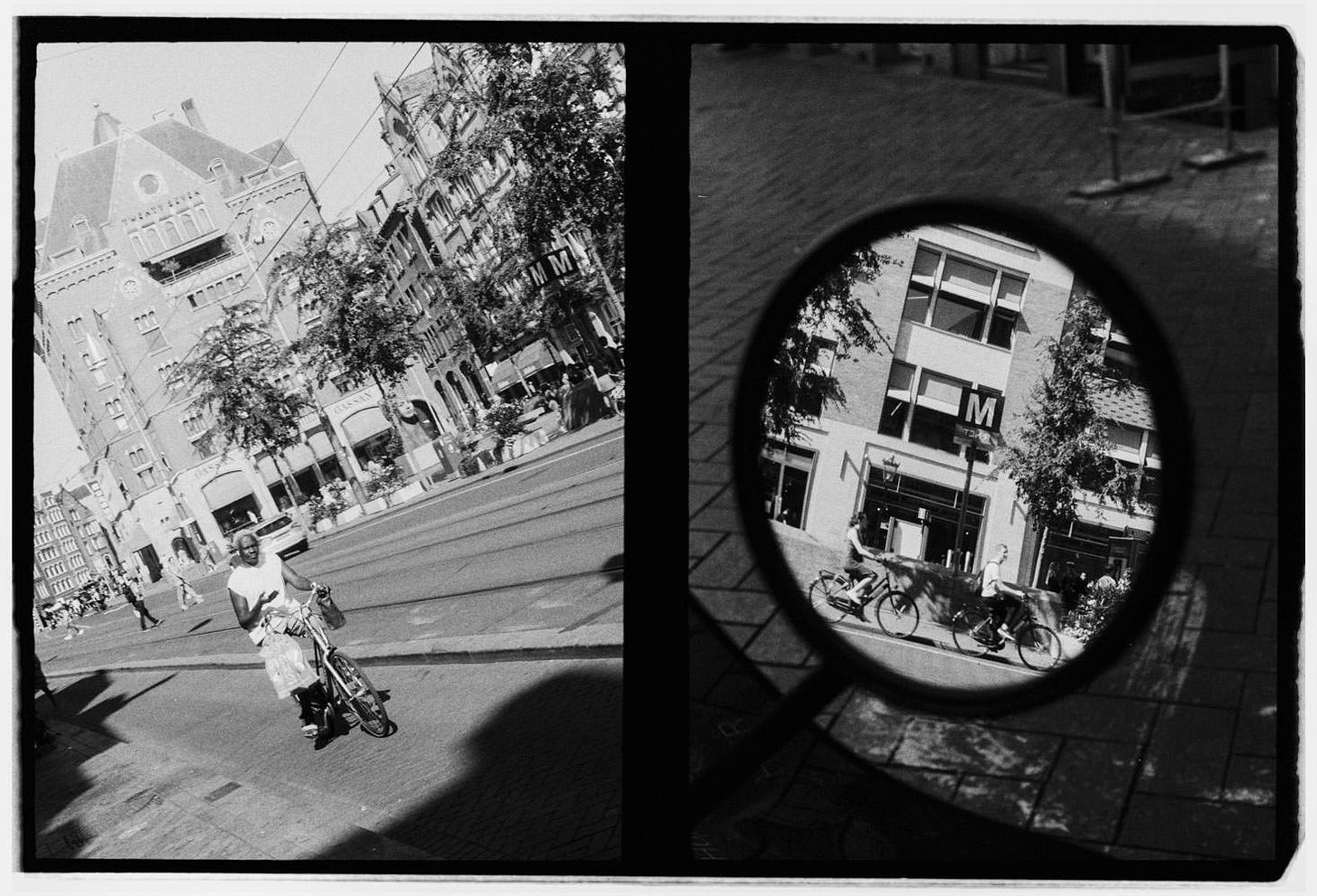
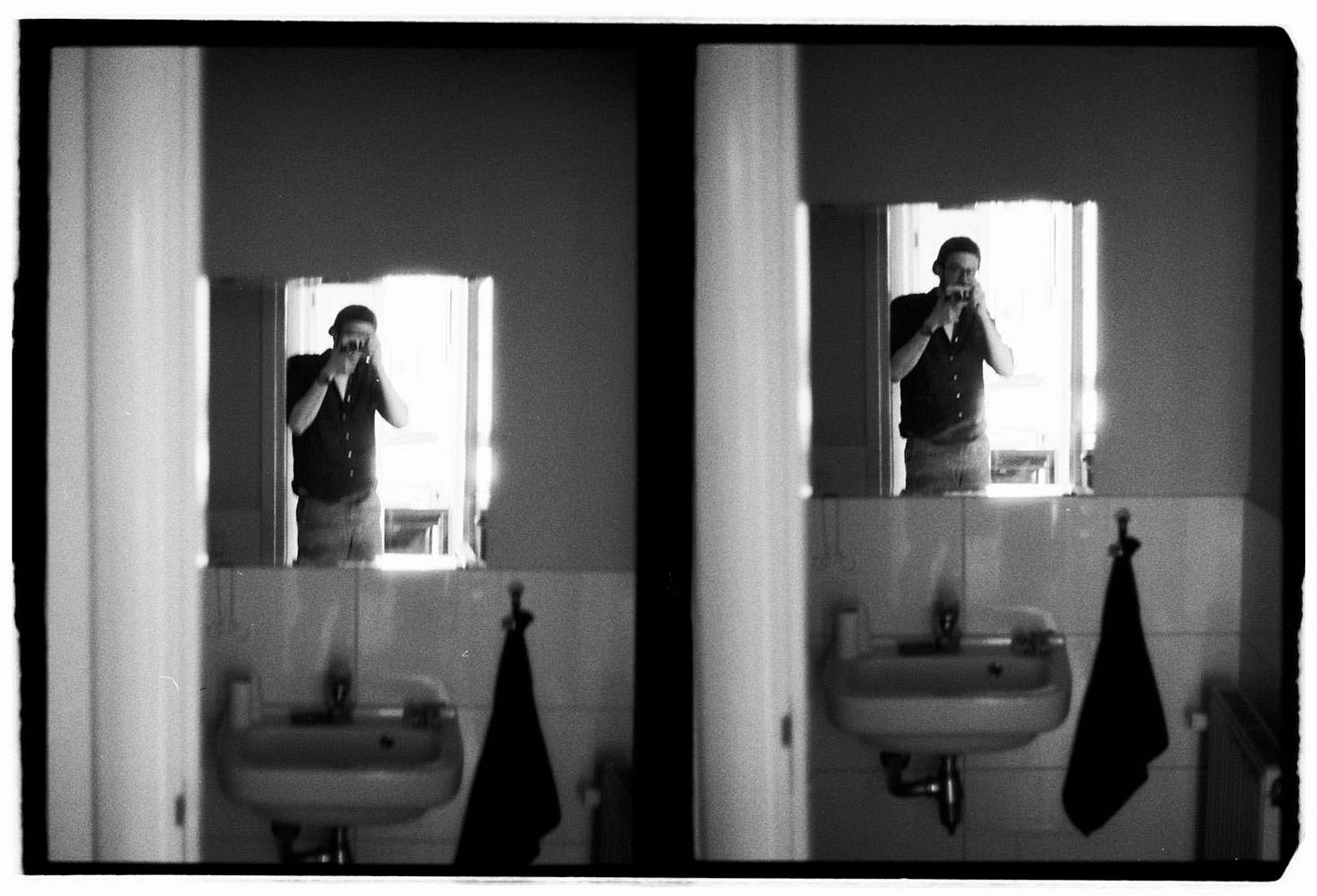
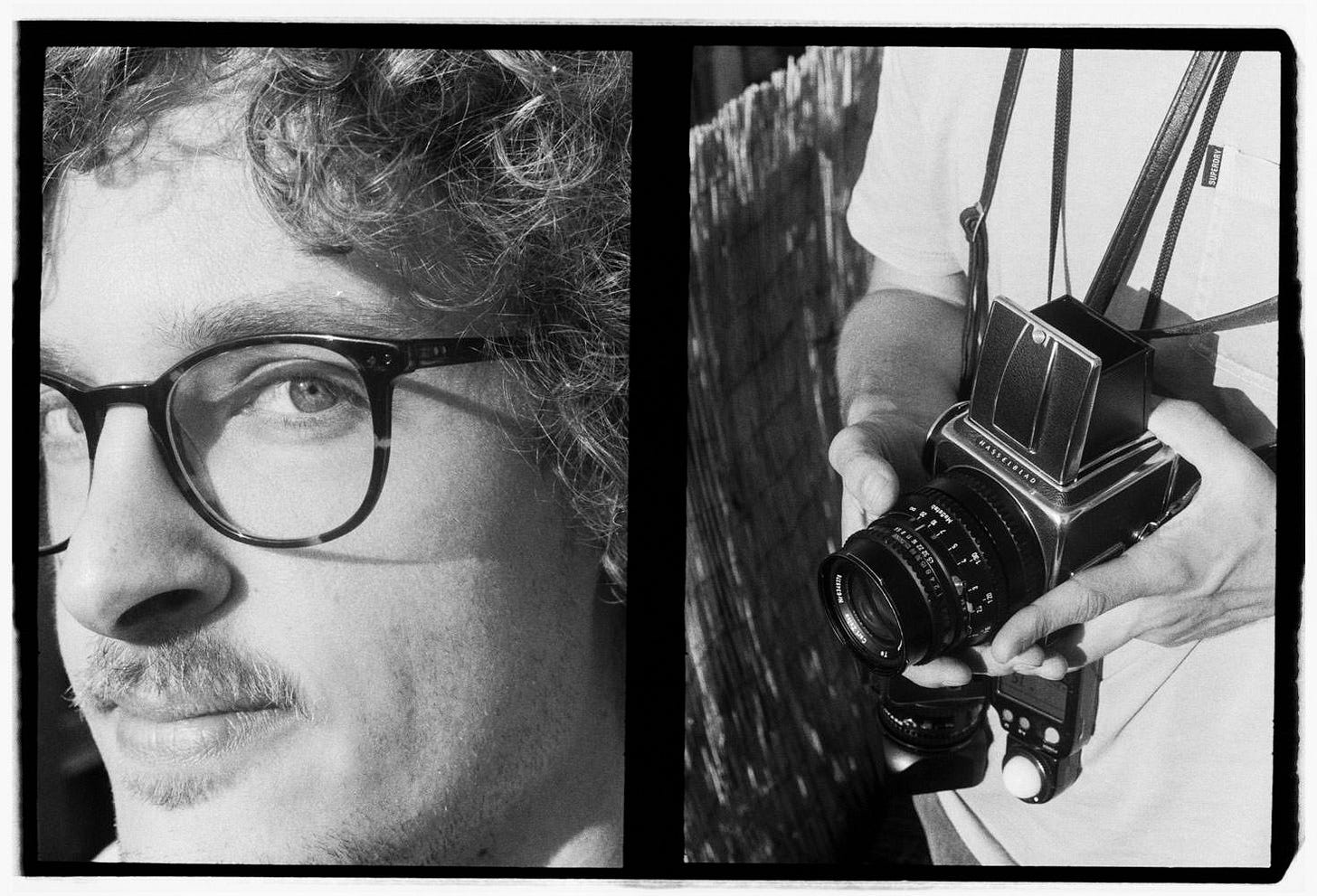

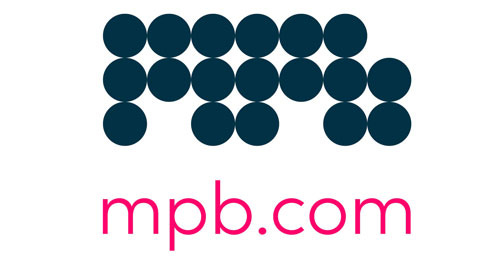
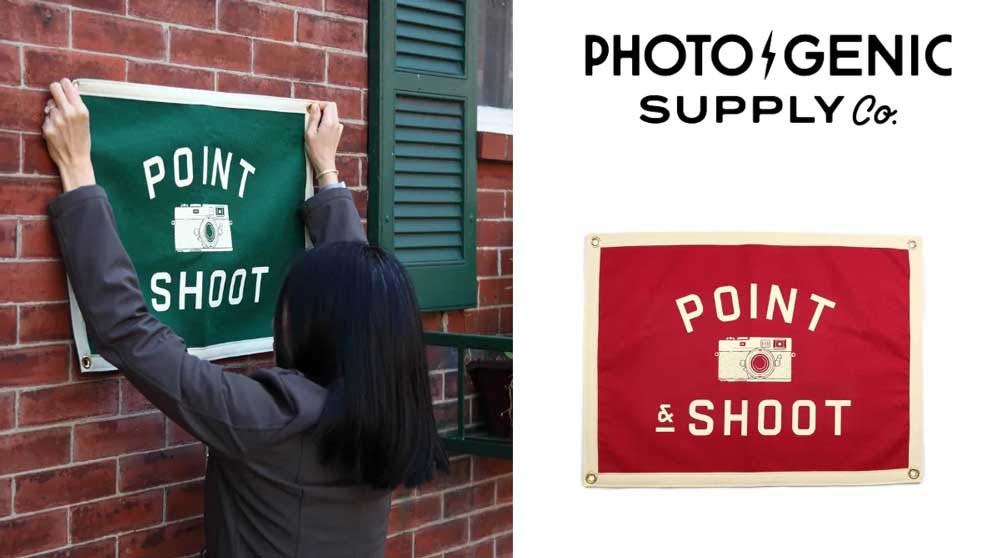
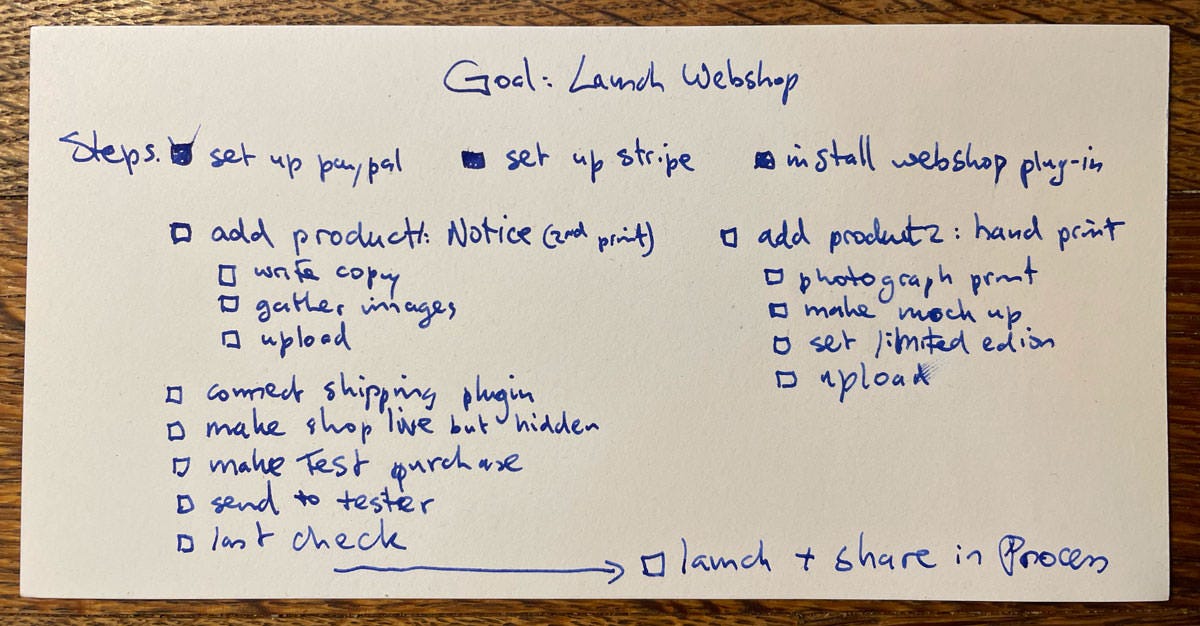
Wonderful article and wonderful images! Thank you for always giving us a strong, thought-provoking takeaway and something to ponder as we start the new week!
Goals:
1. Buckle down, finish my sequencing, and do a test print on my E.Levee Road book/zine project.
2. Build a new website that somehow accurately depicts the professional and personal work I have done in the past and present.
3. Write one Substack newsletter every two weeks.
4. Complete and print/share online one completed small personal photo project per month.
My goal for the next months is to be consistent is reaching out to potential clients and sending at least one email per day. I have no idea if this is enough or not but I have to start from somewhere